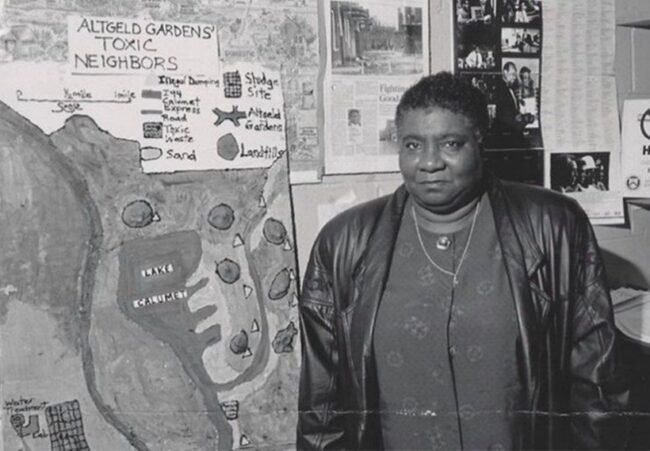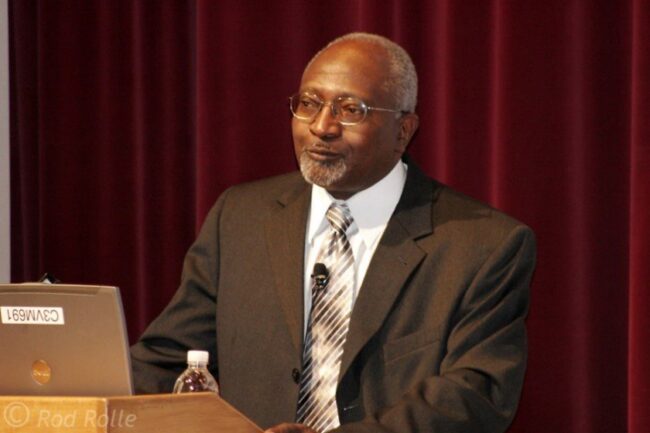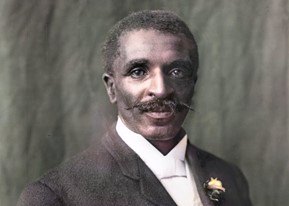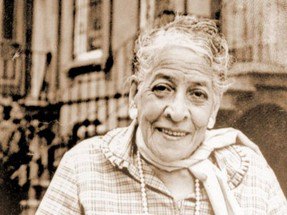Black Influence in Environmental History
In celebration of Black History Month, we are recognizing and highlighting some of the passionate and intelligent Black environmentalists who have contributed to protecting the planet we all share as a home. These are only a few on a growing list of many people of color who we have to thank for many of the environmental advancements that have been made in the last century.
Hazel Johnson
After losing many loved ones, including her husband, to cancer, Hazel Johnson began investigating health conditions in her community in the South Side of Chicago. She learned that the environment of her neighborhood, built on a landfill containing toxic pollutants, was to be blamed for the neighborhood’s high cancer rates. She led the charge protesting the Chicago Housing Authority and demanding clean drinking water, and then spent her life advocating for environmental justice. She also founded the People for Community Recovery, an organization dedicated to educating residents about local environmental hazards and enhancing the quality of life for residents living in communities impacted by pollution.
Referred to as “the father of environmental justice,” Dr. Bullard gained recognition for conducting a research study for the Bean v. Southwestern Waste Management Inc. case in 1979, where a predominantly Black community in Texas fought having a landfill being established in their neighborhood. His research uncovered a link in Texas between toxic waste sites and communities of color. Since then, the Distinguished Professor of Urban Planning and Environmental Policy at Texas Southern University has become a well-known activist and mentor in the environmental community. He is also an award-winning author of eighteen books that address sustainable development, environmental racism, urban land use, industrial facility siting, community reinvestment, housing, transportation, climate justice, disasters, emergency response, and community resilience, smart growth, and regional equity. He is co-founder of the HBCU Climate Change Consortium.
Well-known for his promotion of the peanut, George Washington Carver also contributed greatly to environmental conservation. After being born into slavery, Carver became the first Black student at Iowa State University where he studied agricultural science. He studied how to bring nutrients back to the soil in Alabama where cotton farming had decimated the environment and taught poor Southern farmers regenerative techniques such as crop rotation and cover cropping to improve soil quality. His methods for bringing that land back to life is now known as regenerative agriculture and is embraced all over the world as a powerful solution to climate change.
A lover of the environment her whole life, Hattie Carthan’s environmental influence began when she noticed that trees in her Brooklyn neighborhood of Bedford-Stuyvesant, a heavily redlined community, were quickly disappearing. Carthan viewed planting new trees and protecting existing trees as a way to revitalize and reclaim her community. Her leadership led to the planting of more than 1,500 trees over the course of a decade in the neighborhood. She also founded the Bedford-Stuyvesant Neighborhood Tree Corps to spread awareness about the importance of trees to young people and to teach them how to care for newly planted trees. Her work began a now-widespread movement to prioritize and expand green spaces in cities.



